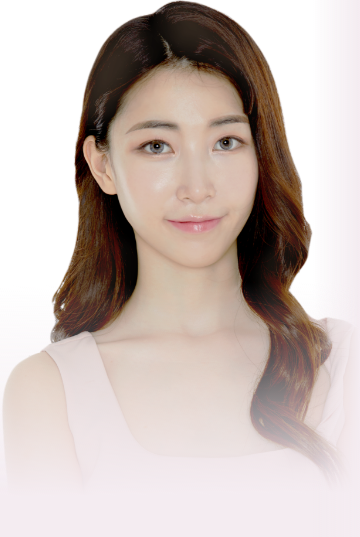Upper blepharoplasty
Upper blepharoplasty improves drooping and sagging of the upper eyelids. This surgery is recommended for those whose vision is clouded due to skin and muscle drooping on upper eyelids and those who use forehead muscles to open the eyes. Correction of sagging eyelid skin does not consist of only removing loose skin. In order to avoid overcorrection, you will need a close diagnosis from an experienced doctor who knows exactly which parts of the skin are more saggy and which parts need more correction. We will help you find the best doctors that will help you to gain back your youth.
Process of upper blepharoplasty

- Height and shape is designed to fit your face
- Excessive skin and fat is incised and removed
- Upper eyelid skin is sutured
- Natural and youthful looking eyes are created
Who is eligible for upper blepharoplasty?
Sagging eyelids not only results in an older looking appearance but there may be functional problems too. Drooping eyelids may cover up your vision which can result in great discomfort and deeper wrinkle on the forehead and in between the eyebrows. Since vision is constantly being covered you may have to scrunch your eyes and use your forehead muscles to open your eyes for clearer vision. This will naturally result in deep wrinkles on the forehead and between the eyebrows.
Upper blepharoplasty is recommended for
- Those whose upper eyelid skin is saggy
- Those whose eyes and eyebrows are not too close together
- Those who have sagging eye corners
- Those who do not have drooping eyebrows
Remove eye wrinkles and loose skin for fresher-looking eyes!
- Enlarge the eyes and make opening of the eyes easier
- Improve upper eyelids saggy skin and muscle
- Forehead and eyebrow wrinkles are improved since there is no need to use the forehead muscles or frown when opening the eyes
After upper blepharoplasty in Korea
FAQ
What is upper blepharoplasty?
How much does upper blepharoplasty cost in Korea?
What is the recovery time for upper blepharoplasty in Korea?
What is the difference between Korean double eyelid surgery and upper blepharoplasty?
Can young people get upper blepharoplasty?
Can upper blepharoplasty correct asymmetrical eyelids?
How long should I wait before undergoing revision surgery for upper blepharoplasty?
Great improvement can be expected if this surgery is performed together with:
Reminder: The pictures posted are for your reference only. The result may vary depending on individual conditions.




